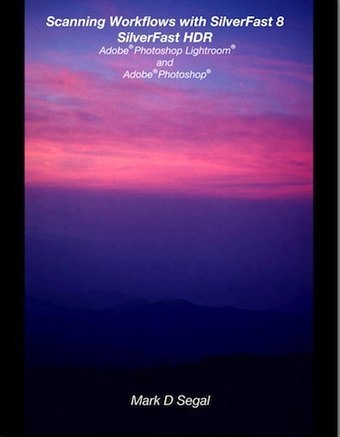Lasersoft Imaging Silverfast Ai Studio Epson Stand-alone V6.
For all current scanner models, is avaliable in our Filmscanner-Shop. SilverFast is the worldwide leading software for film scanners and flatbed scanners. Almost every scanner, even those which have disappeared from the market a long time ago, can be operated with SilverFast. Hp Psc 750 Drivers Vista. On this page, we have collected numerous questions and answers related to the scan-software SilverFast of the German company LaserSoft Imaging. Please consider that in our there is also a special area for the scan software SilverFast. LaserSoft Imaging are available in our filmscanner shop. Finally, at the beginning of the year 2009, LaserSoft Imaging introduced a Kodachrome IT8-target into the market at a reasonable price, so that an IT-8 colour calibration can be accomplished specially for the Kodachrome-films.

LaserSoft Imaging, founded in 1986, is worldwide known as a pioneer of scanner and digital imaging software. (SilverFast SE, SE Plus, Ai Studio). Epson flatbed. LaserSoft.Imaging.SilverFast.Ai.Studio.EPSON.Stand-Alone.v6.6.1r6-TE File marked as fake or malicious, links removed. Using BitTorrent is legal, downloading.
As described in the following text under the title, within the SilverFast scnsoftware, it is possible to create different IT-8 profiles and choose them by a simple mouse click. Since March 2012 we also offer a Kodachrome-Target produced by Kodak.
Setup Airprint Canon Mx410 there. It is a bit cheaper than the LasersoftImaging one but you need a third supplier software to calibrate the scanner. We offer further informations about Kodachrome slides on our KnowHow site.
How is it possible to recognize the type of film of an IT-8 target? There are different film types and sizes of LaserSoft Imaging for the. While the size can be simply measured or estimated, the type of film is only recognizable by thorough observation of the target. On a LaserSoft Imaging IT-8 target in a framed slide (35-mm film), the type of film is readable on a vertical text line at the right edge of the target, for example as in the adjacent picture 'Printed on Kodak Ektachrome Professional Film'. The text is hardly decipherable to the pure eye; but by observing the slides with a magnifier or after a high resolution scan, the vertical text is easy to read. In case of a non-transparent target of LaserSoft Imaging, the type of film at the right bottom are clearly readable, as you can see in the example of the second image the text 'Printed on Kodak Professional Digital'.
Equilibrium Unemployment As A Worker Discipline Device Pdf Printer. These images are zoomed cutouts of a scan of the respective IT-8 target. How long does an IT-8 target keep its original quality? An IT-8 calibration target is a high quality piece of film material in the field of transparencies that contains certain standard colors on a certain film (for example Kodak or Fuji). Like at all other photographic films, an IT-8 target also ages and loses its color fidelity. How long is it possible to use an IT-8 Target?
Canon Cd1005 Drivers. Those who keep their photographic films in a cold, dry and dark place can still enjoy also after 10-20 years best colors like the way they were right after the development of the film. Of course, the same also applies for an IT-8 target if it is kept in a cool, dry and dark place. Due to this reason, a target should never be simply left on the desk or on the scanner. If it is exposed to the sun or to heat as for example from the screen, it will ages quickly and will lose its reference colors. The result is a defective scanner calibration; the respective defective colors are transferred to each of the scanned images. An IT-8 target should be kept in a cold, dry and dark place.
How are the profiles of different IT-8 targets handled? If one wants to create some own ICC profiles for different types of film, the respective target must not be scanned each time. Instead, an own profile can be create for each target and it can be activated when it´s needed. The procedure for this is as follows: First, the function Own ICC-Profile Name must be activated in the Auto-Tab of the option dialogue By clicking on the calibration button, one can create a name for it after the completion. Thereby, one can also include the date and the type of film in the file name. Now, by opening the CMS-tab of the option dialogue (see adjacent image), one can see that the just created profile has been selected as the input profile. If one wants to create another profile with a target of a different type of film, the calibration procedure has to be repeated with the new target.